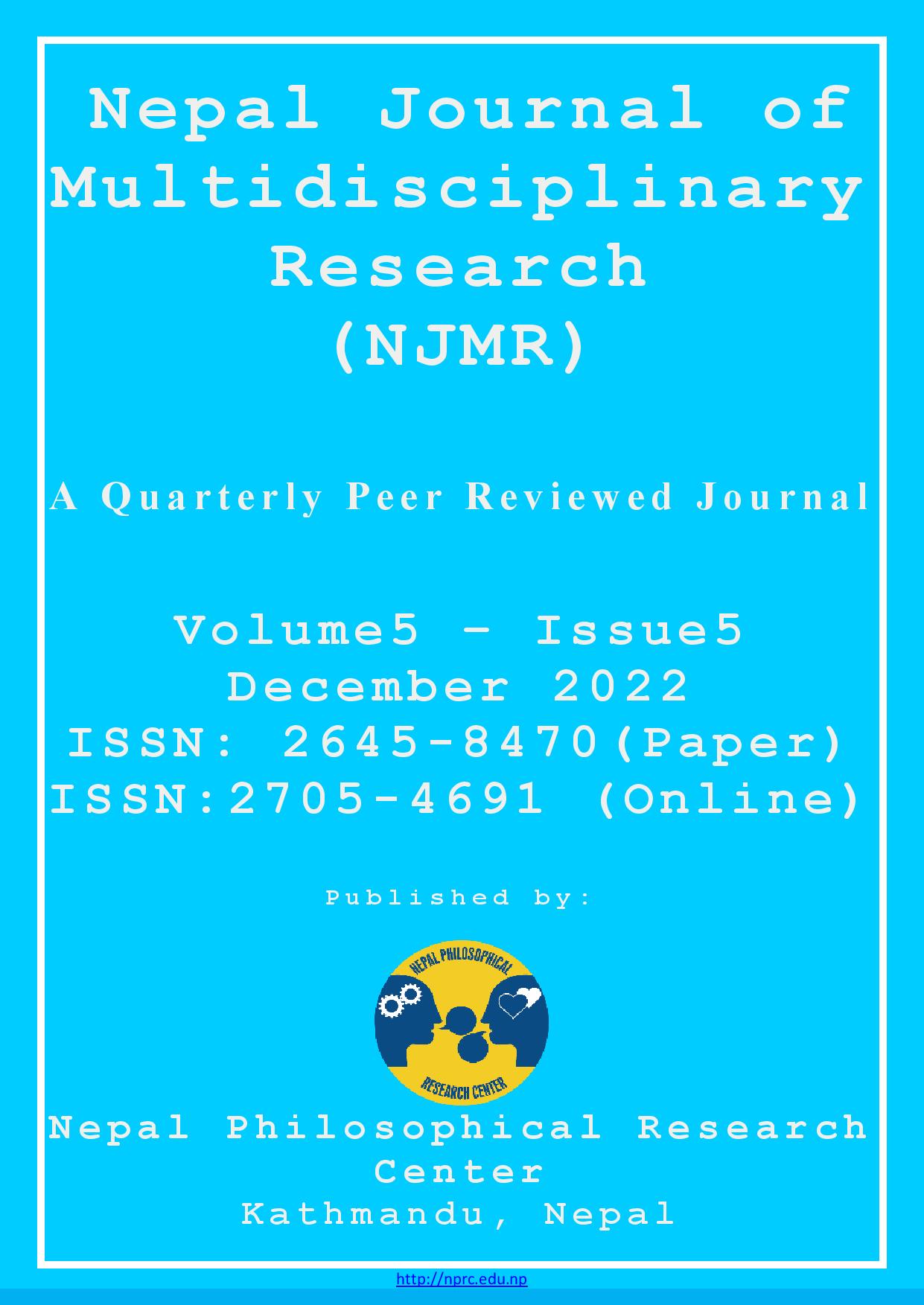Does women empowerment affect in Timing of Antenatal Care Initiation in Nepal?
DOI:
https://doi.org/10.3126/njmr.v5i5.51807Keywords:
women empowerment, antenatal care, timing and NDHSAbstract
Background: Many pregnant women who are in their first trimester of pregnancy are still being left behind and do not attend antenatal care (ANC) visits on time, which is unfortunately a dreadful condition. This paper explores the dimensions of women empowerment and their relationship to the timely initiation of ANC.
Methods: The study is based on the 2016 Nepal Demographic and Health Survey. Currently married women aged 15-49 years (n=1,973) who had live births 2 years before the survey were the main target population. The study used binary logistic regression to examine the causal relationship between women empowerment and the timing of ANC service.
Results: The findings reveal that more than two-thirds of the respondents who had a live birth two years prior to the survey made their first antenatal visit during the first trimester. Eight out of 10 highly empowered women are more likely to visit in the first trimester than low empowered women. Furthermore, according to the study, the level of women empowerment affects the timing of ANC service. Furthermore, except for control over sexual relations, indicators-wise empowerment level indicates a positive impact on the timing of ANC services.
Conclusions: Women, especially young women, should be empowered in order to meet the SDG target. There should not be any maternal deaths during pregnancy as well as childbirth and after birth.
Downloads
Downloads
Published
How to Cite
Issue
Section
License
Copyright (c) 2022 Bidhya Shrestha

This work is licensed under a Creative Commons Attribution-NonCommercial 4.0 International License.
This license enables reusers to distribute, remix, adapt, and build upon the material in any medium or format for noncommercial purposes only, and only so long as attribution is given to the creator.




